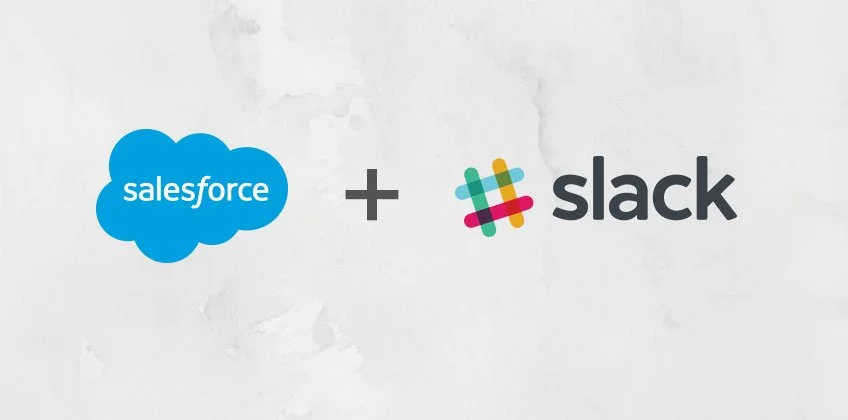Originally posted on LinkedIn.
When Salesforce announced the purchase of Slack for $27B+ during the summer of 2021, there were many obvious and immediate advantages to the partnership; for both end users and tech nerds alike. Things like sharing deal updates from Salesforce directly to specific channels in Slack. Or configuring which Salesforce data shows up and which records trigger Slack posts. Or even approving or denying approval requests directly from within Slack. The possibilities are endless.
One of the more common concerns amongst Salesforce professionals, however, was where Chatter fell into the equation and whether it had a place at all anymore. Chatter has been a staple of Salesforce since very early on, touting the ability for users to quickly communicate and collaborate on records, also providing a conversation thread of history for others to follow and stay updated about important deals, people, customers, etc.
Well, Slack can do everything that Chatter can, plus much more, and several months after the announcement, the Slalom LA Salesforce team still can't come to a consensus on the future coexistence of the two products.
The current capabilities allow for Chatter and Slack to work together, and while there are those that believe that the partnership in its current state is sustainable, there are some skeptics that forecast a change in dynamics.
There are essentially two schools of thought. One in which people see hope for Chatter as Salesforce's internal communication tool, Slack is then summarized as the external (to Salesforce) communication tool, and the future success lies in continually tightening up the integration between the two. As long as those lines remain, this argument still has a leg on which to stand. Senior Principal Tiffany (Chen) Yu falls into this camp, "I think there's still a use for Chatter as the in-app commenting tool, versus Slack, which takes users outside of Salesforce."
The other school of thought is that Slack is Chatter's replacement, slowly but surely chipping away at Chatter's functionality until it is, as Consultant Eric Prum put it, "obsolete." The thinking here is that Slack is so much more sophisticated than Chatter that users will eventually want collaborative functionality inside Salesforce, that Chatter simply can't support. Rather than spending the time and money to beef up Chatter, it will almost certainly make more sense at that time to find ways to fold Slack into the Salesforce interface.
It's hard to get a read from Salesforce on which way they're leaning. On one hand, Chatter is a bedrock of Salesforce and there could be longtime supporters lobbying to keep it around. At the same time, though, Chatter is free and Slack isn't. So it's important not to confuse Salesforce's efforts to sell Slack (a vehicle of revenue) as a premonition of where the technology is going. It could just be that they offer Slack as a chance for revenue, and then settle for Chatter, the out-of-the-box, free option as a last resort. We just don't know.
The one thing that the Slalom SoCal Salesforce Team could agree on was that Salesforce admins and strategists should be focusing on two things to prepare for whatever the outcome is.
The first is documentation. A first step that anyone can take, is to document the use cases in which Chatter is used in your org. From there, combine those and review them to see if any of the use cases are underperforming. If they are, consider if a migration to a Slack-based strategy makes sense.
Assuming your org needs updates, the second consensus is the need for change management, or how your company manages cultural, operational or technological changes. Having an effective change management strategy is arguably more important than having good technology because of how directly it influence user adoption. We can build out the best system in the world but if the users don't adopt it or use it as intended, then all that build time is wasted.
The bottom line is that there's nothing you have to worry about immediately. Salesforce will still work for you just as expected. You can take advantage of Slack's new features inside Salesforce, or you can keep using Chatter. Maybe your company doesn't use Slack. That's fine. You don't have to use Slack. But if you're not using Slack, and you are using Salesforce, you'll want to start these conversations within your company. Just to be sure.
If you'd like for a Slalomer to help you through this conversation, inbox me and I'll get the ball rolling.
